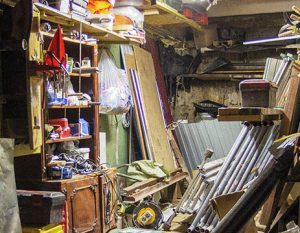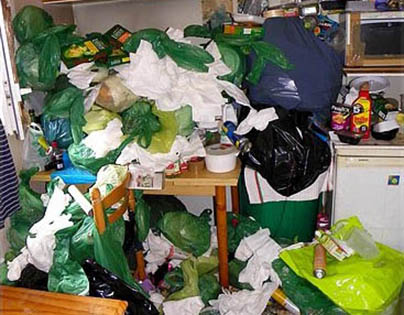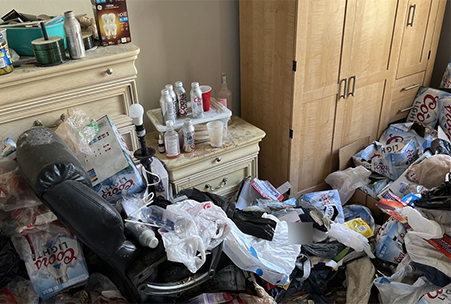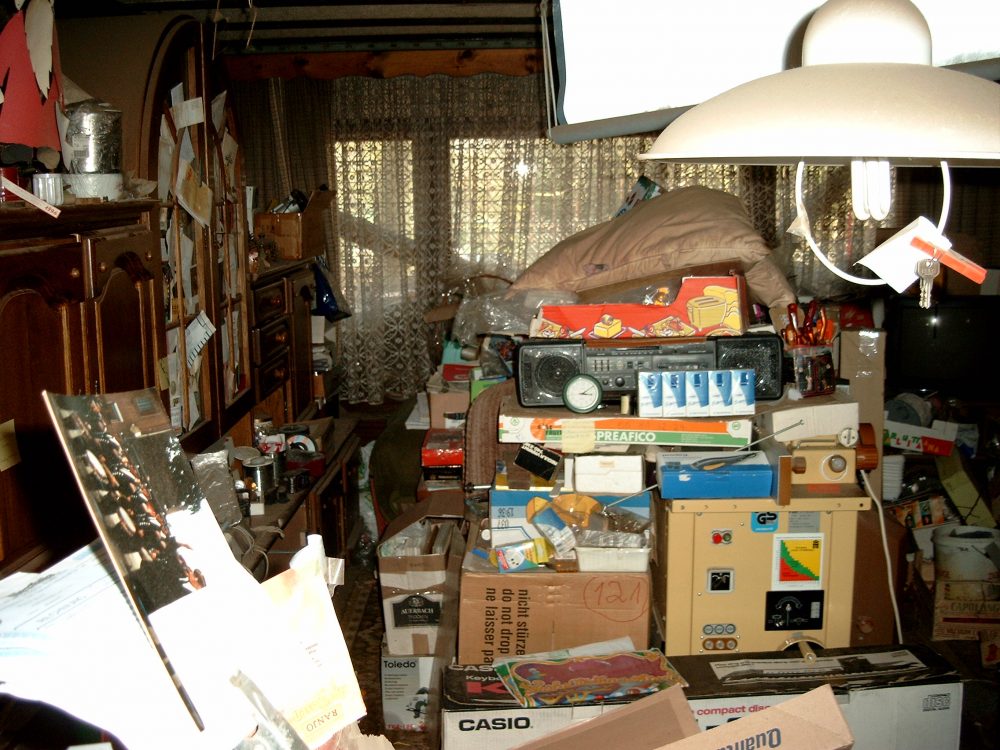Decluttering 101: Tips to Sort, Organize, and Downsize Possessions
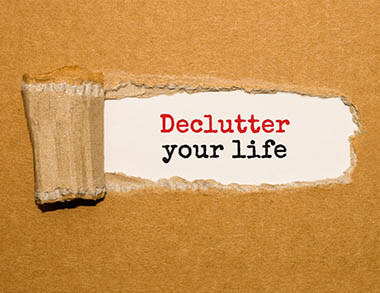
Decluttering refers to organizing and removing items from your home or office that are no longer needed. It is a process of creating new space by removing things you don’t need and making the area neater and more organized.
A variety of decluttering methods exist, such as sorting, organizing, donating, discarding, and storing. It’s a good idea to declutter regularly in order to keep your space free of clutter and easy to maintain. Decluttering helps you be more organized which helps increase productivity and reduce stress. With an organized space, it’s easier to find items and stay on top of the day to day tasks.
Apart from stress, decluttering can also help improve air quality. Removing old items reduces dust and other allergens–including mold and mildew! Decluttering can also help to improve mental health as it can reduce anxiety and improve mood. Finally, decluttering helps make a home or office more organized and inviting, adding to the overall positive qualities of the space.
Decluttering is something everyone should do routinely, though the exact amount varies depending on an individual’s need. As a general rule of thumb, most average households require decluttering at least once a month. Larger families may require decluttering more frequently.
Tip #1: Start Small
It may be intimidating to stare at a room full of stuff – wondering what direction to turn in, or where to begin. The best thing you can do is start small. Begin by picking a room or area that doesn’t appear too overwhelming. Take each item one at a time and keep in mind the acronym S.O.R.T..
 What is S.O.R.T.?
What is S.O.R.T.?
S.O.R.T. stands for Sort, Organize, Reduce, and Tidy. Many get sort or organize confused. Sorting simply refers to the process of grouping items into certain categories whereas organizing refers to turning the items into a more efficient system. You can organize items into groups and also keep a “discard” pile. Reduce is where discard mainly comes into play: any items that you organized into a discard pile are reduced. However, reduce can also refer to simply removing an item from the area and placing it in area where it has space.
In either scenario, you’ll want to tidy up the remaining/new space. This may mean rearranging the items you are keeping or bringing the items you use most often to a more accessible place.
Tip #2: Create a Plan
When you’re decluttering a large space, or have children with many toys, decluttering can feel overwhelming even after starting small. Having a plan buffers the stress of decluttering or following S.O.R.T. in three different ways:
- It helps you set realistic expectations of what you want to achieve.
- It helps keep track of what you want to get done.
- It helps reduce stress by making the amount of effort needed appear more manageable.
You can create a very simple plan by making a list of what you want to accomplish. If you’re limited on time, you can also specify how long you’re aiming to spend on each step. Your plan can also include long and short term goals (more on this later).
Tip #3: Sorting Items
Sorting items can be challenging and overwhelming when you have a lot of things to sort through. The best way to sort items is to always categorize them. For example, take a stack of documents and go through them, sorting the ones you want to discard from the ones you want to keep. Then, take the ones you want to keep and organize them into separate categories.
Be intentional with your categories. Important documents is very general: focus on being specific when possible. Examples of these types of categories may include financial documents, medical documents, legal documents, and tax records. Having these separated makes it that much easier to go through them when you need them or wish to discard the ones you no longer need.
Tip #4: Set Goals
Setting goals in any setting helps increase productivity and motivation. When you write down a goal for decluttering it can greatly help you stay focused and accomplished when you fulfill the goal. And did you know we are biologically wired to feel good when we feel accomplished?!
An example of a goal might be to S.O.R.T. all financial documents by Friday and keep them organized by year going forward. It may sound ridiculous, but setting goals greatly helps you stay focused on finishing the task.
Tip #5: Be Realistic and Forgive Yourself
If you’re looking at a ceiling high, waist high room of clutter, chances are you won’t be able to do it all on your own. Likewise, setting an unrealistic goal to sort and organize a 5lb pile of documents in 24 hours may be unrealistic if you work full time or have other responsibilities to tend to. In this case there’s nothing wrong with getting as much done during the only time you can.
However, if you are looking at a ceiling high or waist high room of clutter, it can be indicative of another major problem. In which case, there’s nothing wrong with reaching out for help. It may even save your life.
A Note on Decluttering for Hoarding
When hoarding is involved, the decluttering process is much different. Hoarders have a strong attachment to their things which makes it difficult to discard or declutter things in their environment. Hoarders require intervention to help declutter and if you’re a family member of a suspected hoarder, it’s important you have a professional assist declutter.
If you believe you’re currently in this situation, the best thing to do is again, reach out for help. Call our emergency 24/7 hotline any time for discrete hoarding cleanout assistance.


 What is S.O.R.T.?
What is S.O.R.T.?